All Photos: Ruedi Flück, Courtesy of Salomon
Sämi Ortlieb has long been on a mission to break down the barriers of freeskiing. His interests were never set on competitions, podiums or medals. While he possessed the talent, he left behind the desire to compete on the Swiss National Team as a young rider, knowing that an Olympic training path was not for him. Instead, Ortlieb poured his hard work and dedication into other areas of skiing. From incredible street features to wild work behind the camera, he is one of the more accomplished freeskiers around. His riding is as creative yet technical as it gets. Filming with Level 1 led to several mind-melting segments. He has also created full projects on his own, from “adVENNture” with Rob Heule to the award-winning stop motion marvel “Maneuvers.” The pattern that Ortlieb has left behind thus far is clear; f*ck your standards. He’s going to make what he likes. And what he makes tends to have an undeniable quality. That is why he is the perfect person to help lead Salomon’s new freeski mission, the Départ project.
Salmon is no stranger to the freeski scene. The Salomon 1080 was the ski that helped start a revolution over 20 years ago. Mike Douglas, JP Auclair and the New Canadian Airforce used it to propel the sport into a new era of freedom. But today, the progression of freeskiing is not as straightforward as it once seemed. Does another rotation on a trick mean improvement? How can the sport and its culture become more sustainable in every sense of the word? With rising barriers of entry, how can freeskiing become more accessible? These questions all play into larger issues, none of which are easy to solve, but that’s where the Salomon Départ comes in. After 15 years, Salomon has decided to step back into the freeski scene, and they’ve chosen an incredible crew to do it with. Ortlieb and team are trying to make products that get more people into skiing and keep them hooked by giving them a ski that makes the mountain and streets into your playground. There’s no need to rely on an expensive lift or giant snowpark when you can have fun anywhere.
It’s an interesting solution to a complicated problem; build a ski that helps drive the culture in a positive direction. Shaped by Ortlieb and built with the help of the Départ crew, there are a lot of questions surrounding the release and the future of this ski, as well as the project at large. With no time for rumors, we headed right to the source to talk freeski culture, ski construction and every detail about the new Salomon Départ from none other than Ortlieb himself.
How would you describe the Départ project to someone who doesn’t know skiing?
Ortlieb: In a broad sense, we are trying to strengthen the culture around freeskiing. The Départ ski is one way that we’re trying to do that. Something I’ve noticed over the 20-plus years that I’ve been a part of the freeski culture is that a lot of people leave. They view it as a sport and then sort of disappear from it. Not just on a professional level but even within my own friend group. In the skateboard scene here it feels different. Most of the people who I grew up skating with still skate and identify as skaters. We want to get freeskiing to a similar point. This project with Salomon is built around that concept. We’re trying to build a stronger freeski culture that people can relate to and want to identify with for a long time.
From your experience, why do you think people tend to leave?
I don’t really know. I think a part of it is that freeskiing has been pushed more into being a sport than a culture. Competitions are the main draw of the focus and money, but that very technical skiing isn’t too intriguing or sustainable for a lot of people.
Why should people stay engaged with freeski culture? What’s the benefit?
If people stay involved, there will be a next generation that will progress in freeskiing and, importantly, enjoy it. And we can build the infrastructure to help make that happen. Skiing is tough on the body, so at some point, you might not be able to ski 24/7, but that doesn’t mean your passion ends. There are so many other styles of skiing that aren’t so taxing to carry on, and if people stick around, they can organize events, curate venues, produce ski films, make music that ends up in the videos, help teach young riders; the list is endless. There’s so much potential to create beautiful communities that benefit us now and future generations, but that only happens if we create a lasting, inviting and sustainable culture. That’s how we are building our team at Départ. We want people who are more than just ‘athletes,’ as they say. We’re looking for people who do art and music and things besides skiing.
*Speaking of music, click here to listen to Ortlieb’s metal band on Spotify.
Speaking of beneifical things in freeskiing, how did this project begin? Who was the driver behind its inception?
The initial driver was definitely Nico [Vuignier]. He’s been with Salomon for a while and really wanted to push the project forward. I think the first prototype ski was in 2017, so that shows you how long he’s been working on it. They had made a lot of little steps on the project, but it really all started to take shape in 2022. Nico reached out to me because he was looking for someone to become a part of the project on the skiing and filming side. Once I came in, we started to split up the workload. He focused a bit more on the marketing side, and I focused on the ski development. There was plenty of overlap, though. We came together to create the graphics, and we both helped to build the team we currently have, which is such a great group of people. I’m stoked about the wide range of talent on board so far.
Who makes up the Départ crew?
Currently, it consists of myself, Nico [Vuignier], Pontus Pentila, Yohan Lovey, Vilma Warpenius, Dane Kirk, Gavin Rudy, Skye Clarke and Benji Copt. There is a wide range of skiers from around the world, some of whom are common names and some who have yet to really see the spotlight. Overall, it’s cool because each person is more than just an athlete. Everyone takes up different roles, from film to music to marketing and design.
*Editor’s Note: You might recognize Yohan Lovey as sleepy.grill on Instagram. His incognito digital profile has earned him a devoted following of skiers who love his style and creativity.
What makes this team so special?
I think what makes us different is that we don’t really have a main superstar. I think Nico and Sleepy [Yohan] have a lot of well-deserved hype around them, but everyone on this crew is so good at many different things. Creating a group that includes people who are more than just skiers is important to us. I also love this crew because we have a chance to highlight some people who have maybe flown a bit under the radar until now. There are quite a few people on the team who are really f*cking good at skiing, but they haven’t really had the chance yet to show what they can do.
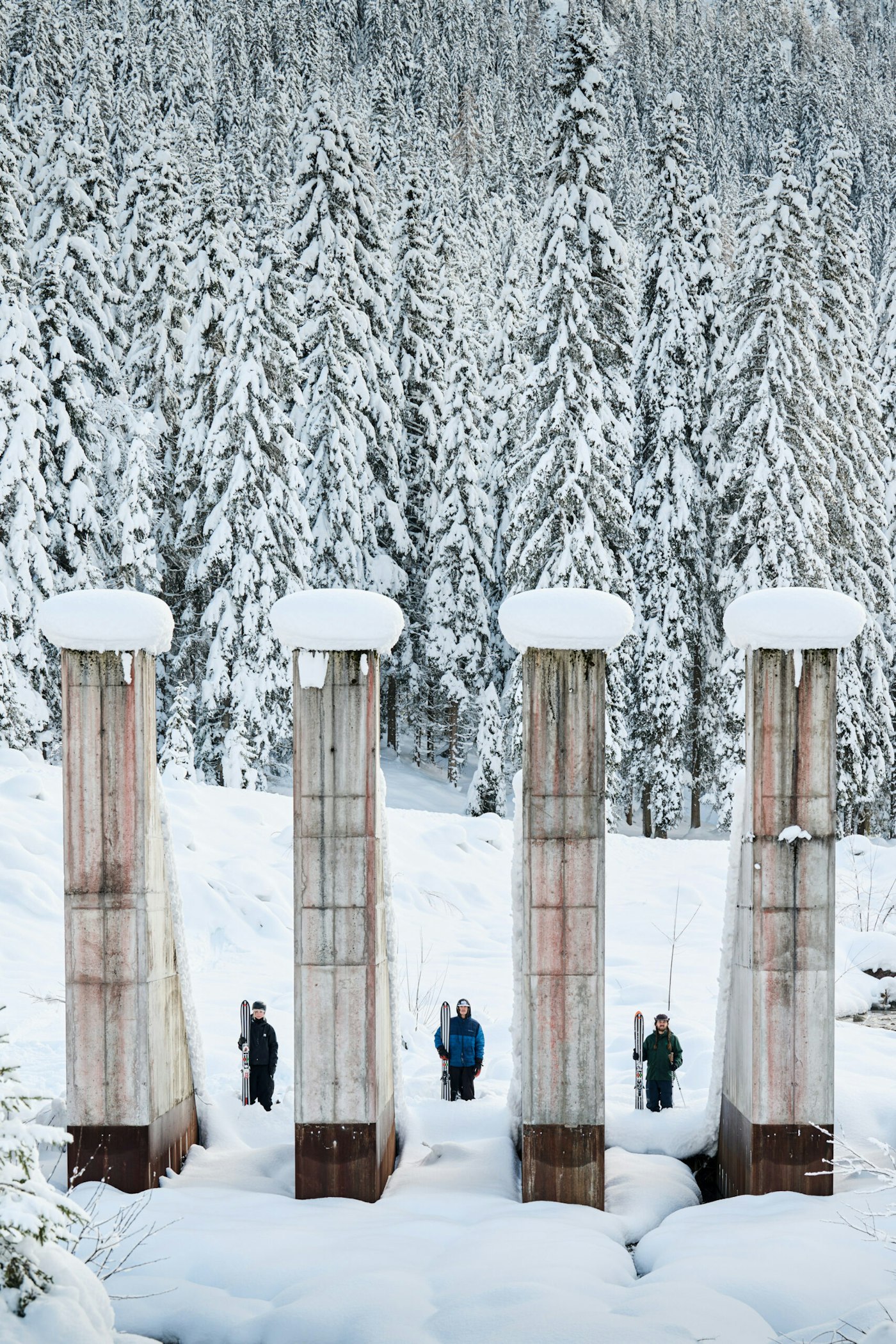
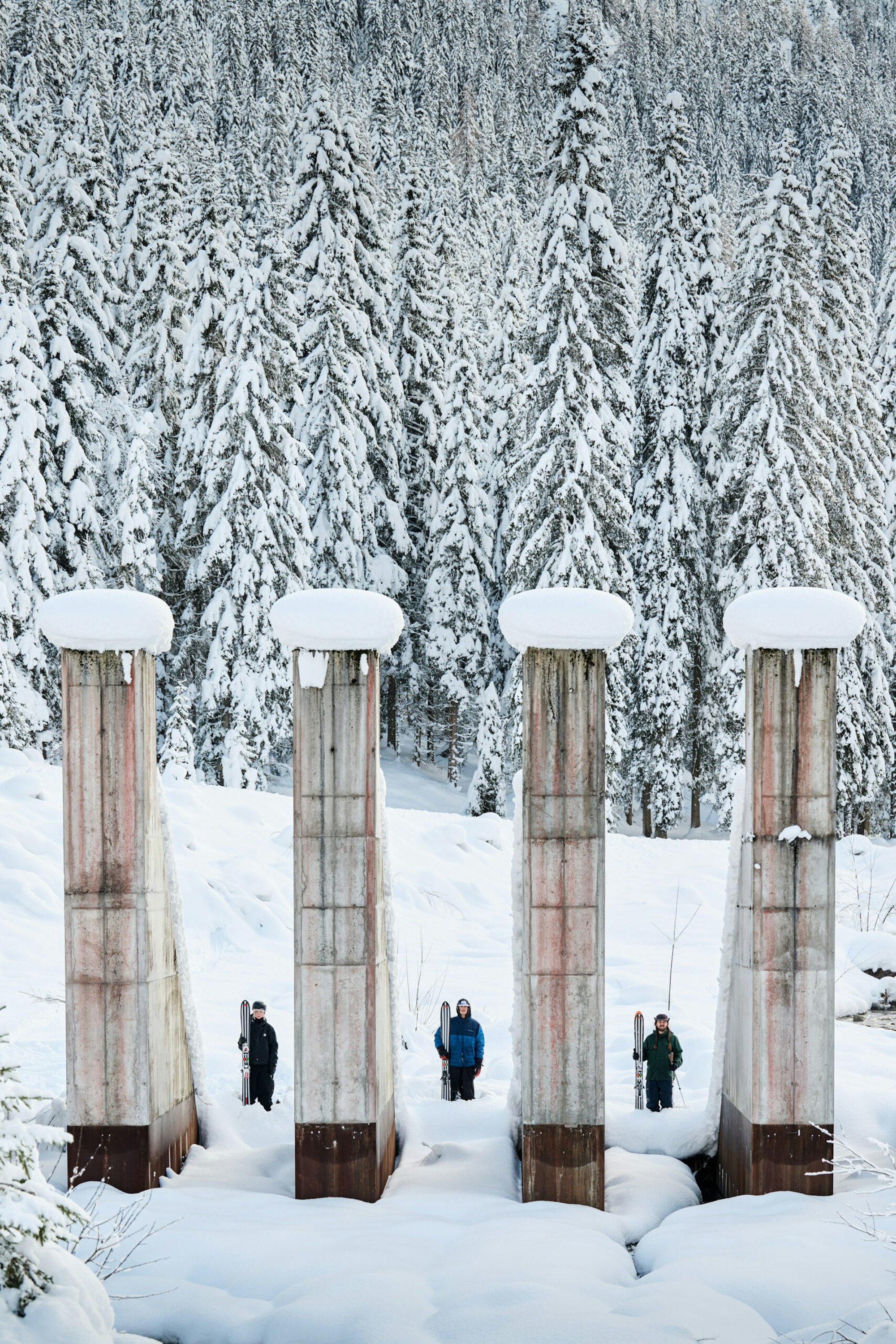
From Left to Right: Vilma Warpenius, Benji Copt and Sämi Ortlieb of the Départ crew
As you’ve described, one of the goals of the Départ project seems to be shifting the culture of freeskiing. I’m curious about how you see the current culture and what you hope to change.
I feel like freeskiing right now is in a weird spot. The sport has been split up between competition and film skiers. I remember in the early 2000s when the people with the best movie parts were on the podiums, and with very few exceptions, that’s not the case anymore. By and large, the competition scene and the filming scene aren’t very connected, and I think that’s reflected in the skiing, the culture, and the skis that we use. Most freestyle skis are engineered toward skiers throwing huge, technical tricks, but that’s not what most people like to do when they ski. It’s like using the same equipment for a different sport. That was a big part of how I conceptualized the Départ skis. I wanted to make skis for freeskiing, for how I see it and for how others see it.
What we use certainly influences what we do, and it can bring a connection between people. A good example of this is to think about what it used to be like to see someone with twin tip skis. It brought a connection with it where you knew that person liked to ski how you liked to ski. I want to bring that back and create a ski that brings creative riders together and can be a beacon to welcome anyone and everyone who wants to join.
Where does the name of the Départ come from? What does it imply?
Départ in French means departure. We want to make a new lane for freeskiing and for those who want to join. It’s also a play on words since we’re one of the departments at Salomon. Pretty creative, huh? [laughs]
Let’s dive into the ski’s construction. What parts of the ski are you most excited about?
It’s been so cool to learn about the process of making a ski. I’m not an engineer by any means, so I wasn’t too involved in creating the interior of the ski. The core is a blend of Karuba and Poplar wood with Basalt fibers. This adds a lot of pop to the ski and makes it such a joy in soft or slushy snow. You can still really carve on it too. We have full sandwich sidewalls, which certainly help when it comes to durability.
I think I am most excited about the shape, though. That’s where I was really involved. It looks fresh and different, but, importantly, it performs really well. The pointy nose performs so well in deep snow and in shitty snow, too, honestly.
It’s a unique look, for sure. The pointy and fat nose, the side cut, the unique tail—how do all these features benefit the rider?
You have the nose, which is quite wide, and the goal of that was to build a wide platform for the skier to lean their weight onto for butters, nose press and all that fun stuff. It gives a lot of stability. The pointy shape of the nose also puts a lot of edge on the snow if you’re buttering, and in softer snow, it lends a lot of control. In deep snow, the pointed tip breaks the surface much quicker and more effectively than a wide nose, so you start to float quicker. It’s a really nice benefit, and I hadn’t realized how much I appreciated it before. It even cuts well in firm snow, like wind crust. I took the Départ ski out for a tour three weeks ago, and while everyone else was struggling because of the wind-blown snow, I was having the best time.
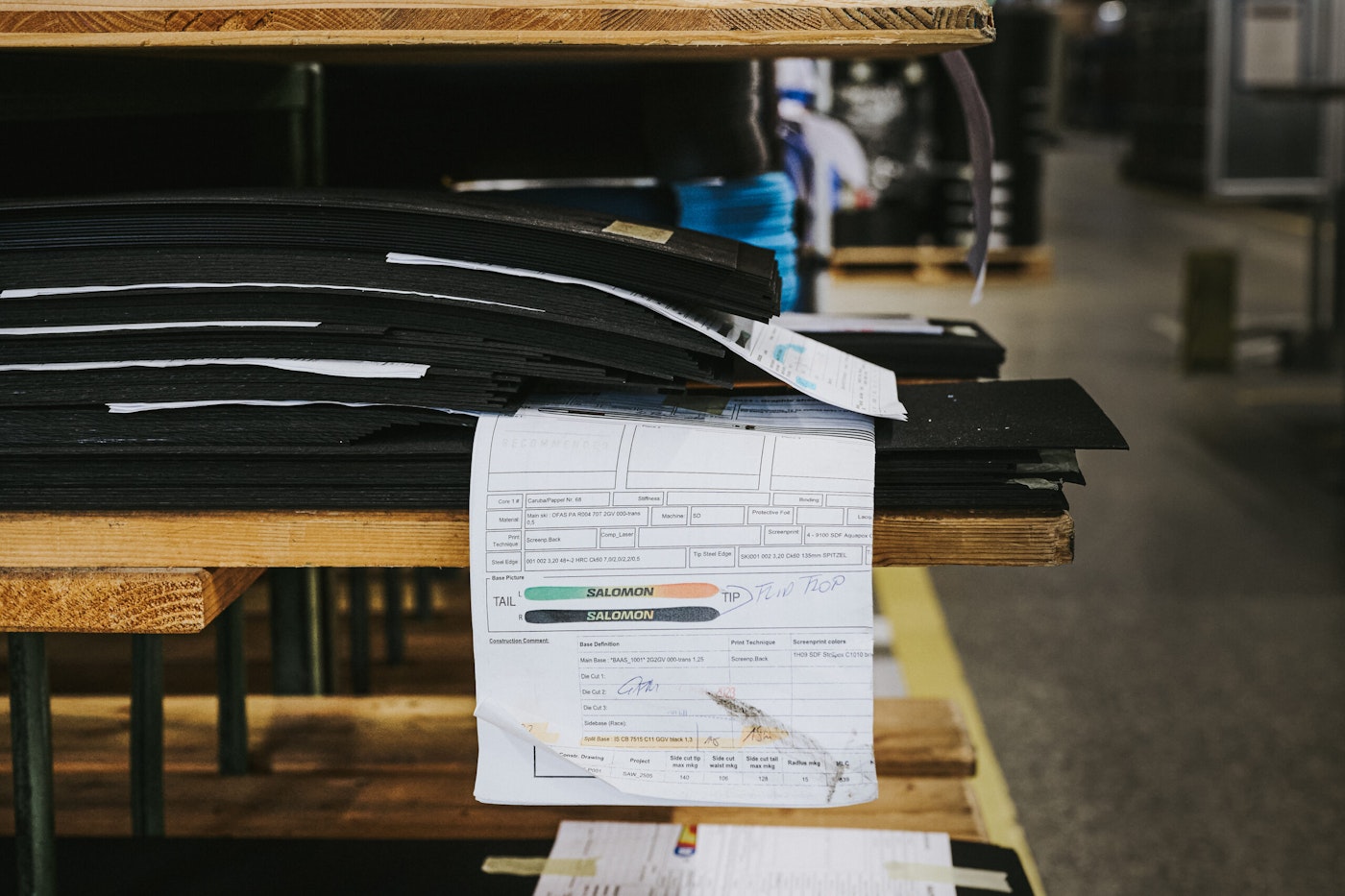
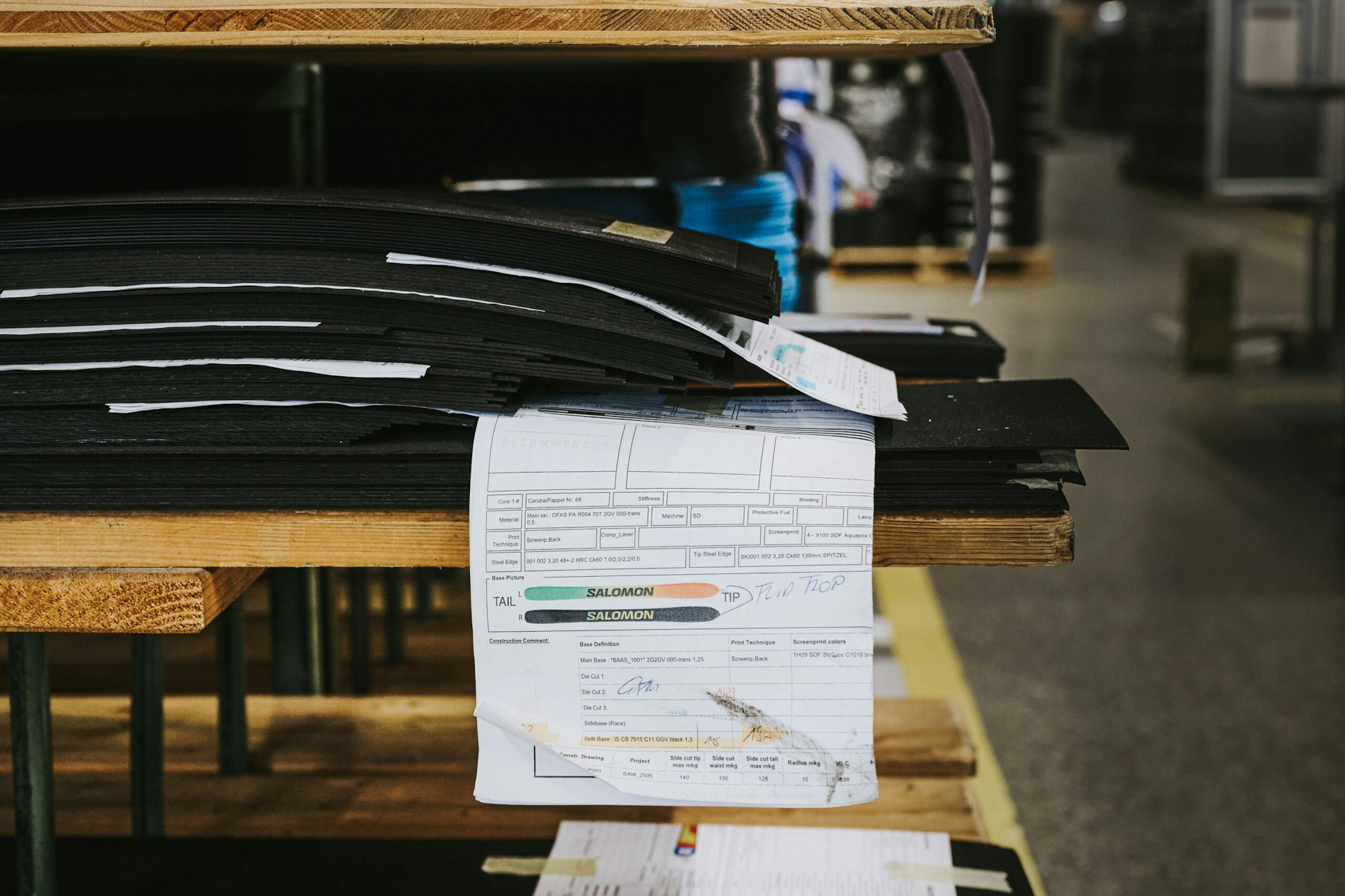
Take a look behind the curtain. The makings of the Salomon Départ.
It sounds strange, but 1930s/40s wooden skis were a big influence. I started skiing on a few pairs a couple seasons ago. It’s much more difficult to ski on them, but when you take them out, there’s so much more terrain that gets really interesting. Suddenly a little hill with fresh snow becomes a full on adventure. Those older models have a pointy nose shape, so that’s where a majority of the influence came from in that regard. It’s obviously different, but I wanted the Départ ski to have a similar effect, meaning that I wanted a modern ski that made ‘average’ terrain fun and interesting again. That’s what I love about the Départ ski; it lets you bring a creative mindset to anything on the mountain. You don’t have to rely on features. The original Salomon 1080 was another influence. Certainly because of the cultural trends that it sparked, but it also had this tip cap that I really liked. Because of that, it’s all the more special to work with Salomon on this project.
Aside from physical influence, what were the cultural influences you and the team drew from when putting this project together?
We were pulled toward times in the culture when skiing just seemed like the raddest thing you could do. In the 1940s people just seemed so excited to ski and explore and innovate. Then you had racing, and then hot dogging and moguls. All of these new, fresh points in skiing were met with some resistance, but people loved them in the end. Culturally, we really want to try and bring back that spirit of novelty and excitement. To build off those chapters of skiing’s history and add this new one to the book is what we’re aspiring to do.
What excites you about pursuing this project with Salomon?
Their history is awesome. I’m not sure who wouldn’t want to help pass on that legacy. For those who don’t know, Salomon was one of the few brands that supported freestyle skiing back in the early days of the sport. The Salomon 1080 was the first commercial twin tip ski. It was the first freestyle ski that I ever owned, and it blew my mind. Since we want to build off those moments in the past where skiing has been very innovative and exciting, it makes sense to be with a company like this. I also used to ride with the Salomon Outerwear, so it’s a cool homecoming of sorts.
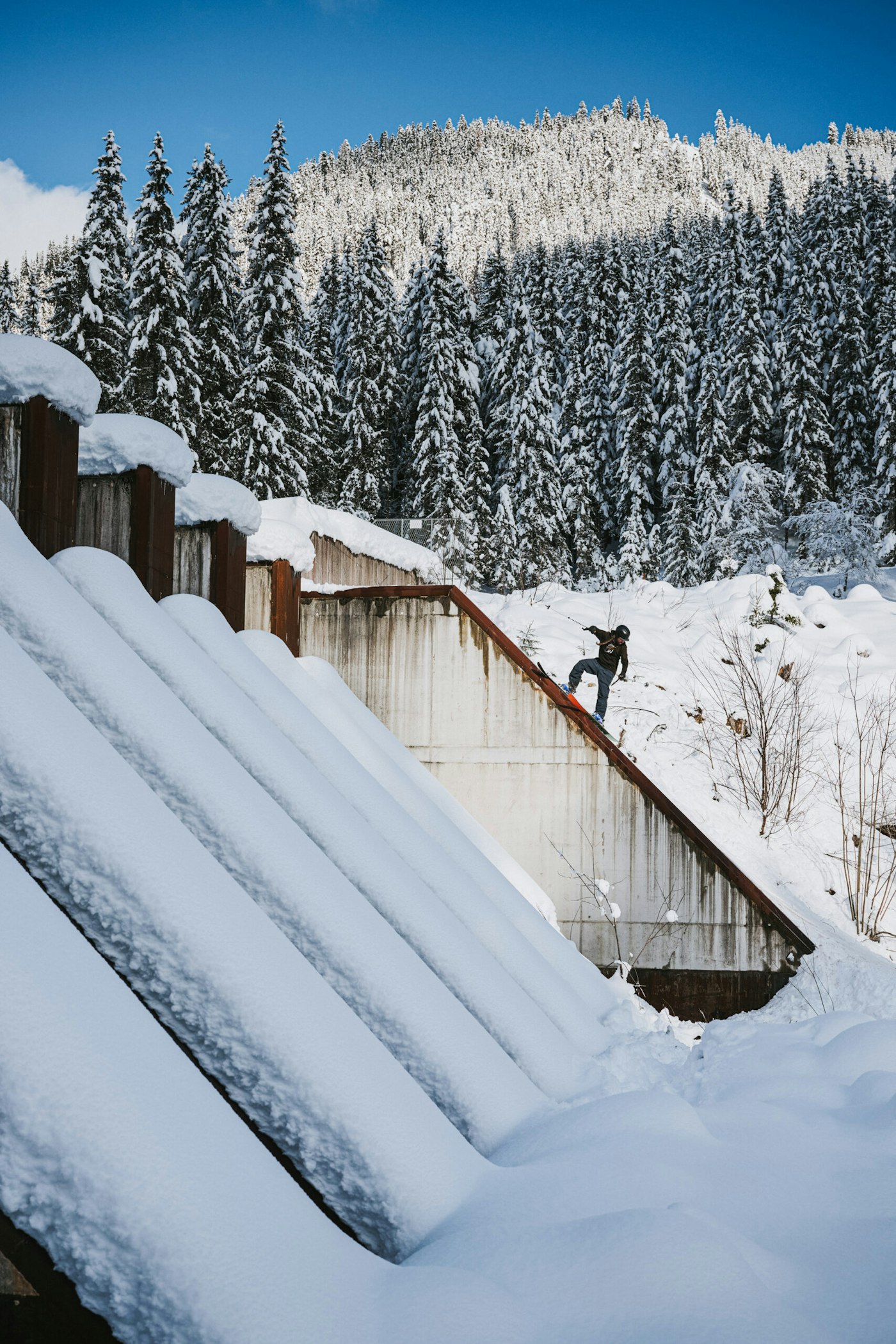
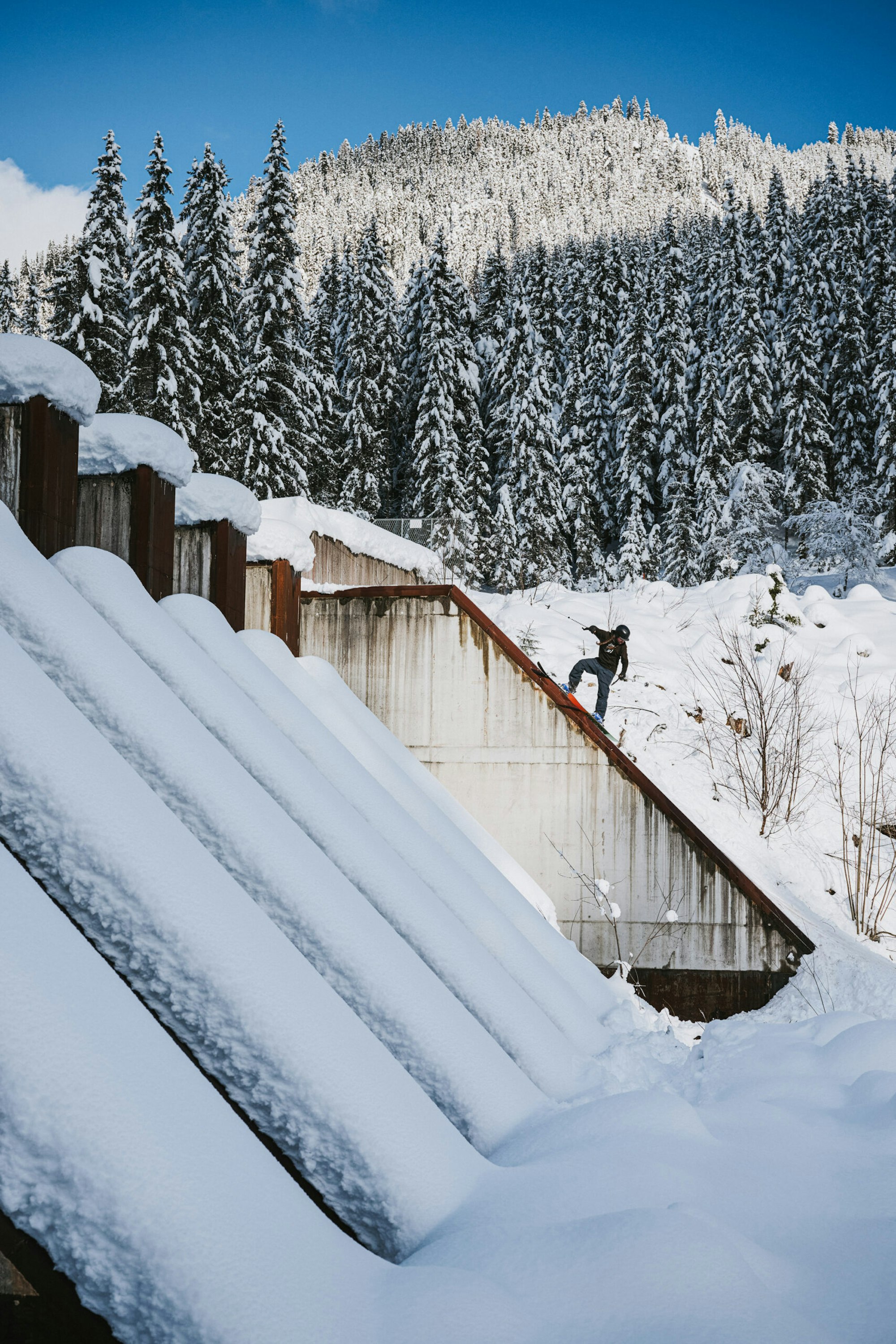
Sämi Ortlieb proudly puts a pair of Départ planks to work.
We certainly have plans with Salomon to do other models. This first one is the most versatile. There is a 170cm and 180cm length available, each at 104mm and 106mm underfoot, respectively. It’s a larger ski compared to a lot of other freestyle skis, but that’s why we wanted to get this one out. It works so well across the entire mountain. I bring this ski out every day, and I never have to worry about whether it will perform well or not. It honestly makes skiing so much fun if you’re on hard pack or deep snow. Today, we received over two feet of those, and the Départ was so much fun. But I think the next one we’ll work on is going to be a skinnier model, something you can really get creative with on rails and in situations where you need less underfoot.
Since your team is filled with a wide range of media talent, will we see a Départ film soon?
We absolutely will have a movie. I wish I could tell you more [laughs], but I think there’s a lot of work that needs to be done to conceptualize it. It will be a cool mix between presenting the raw skiing and doing so in a creative way. Nico, Gavin, and I all have some great ideas on how to film it. I’m looking forward to blending our cinema styles. At the end of the day, I hope the ski and the movie just get people stoked to go outside with their friends. That’s how we’ll know we’re reaching our goals.
There is no shortage of ski brands and models. How do you hope this new Départ line will benefit skiing in ways that other brands do not?
I hope we can encourage a new avenue in freeskiing that tries to make the sport more relatable and invites people to participate in freeski culture. It’s our goal to attract new people to the sport, but also to inspire people who used to ski park to participate in freestyle skiing again. We’re really trying to give riders more freedom, and our way of doing that is by building skis that make freeskiing less focused on expensive infrastructure. A lot of snowparks, at least in Europe, have become these professionalized training facilities, some of them are even private and only open to national ski teams. There are more and more high-level snow parks that have become extremely expensive to build and somewhat exclusive due to price, access, etc. I really want to move away from that. The Départ is a tool that promotes a type of freestyle skiing based on flow and creativity. A snowpark shouldn’t be a necessity but a luxury. You can take the Départ ski to any resort, hill or street, no park needed.
Photo Gallery
SKIERS – Vilma Warpenius, Sami Ortlieb and Benji Copt
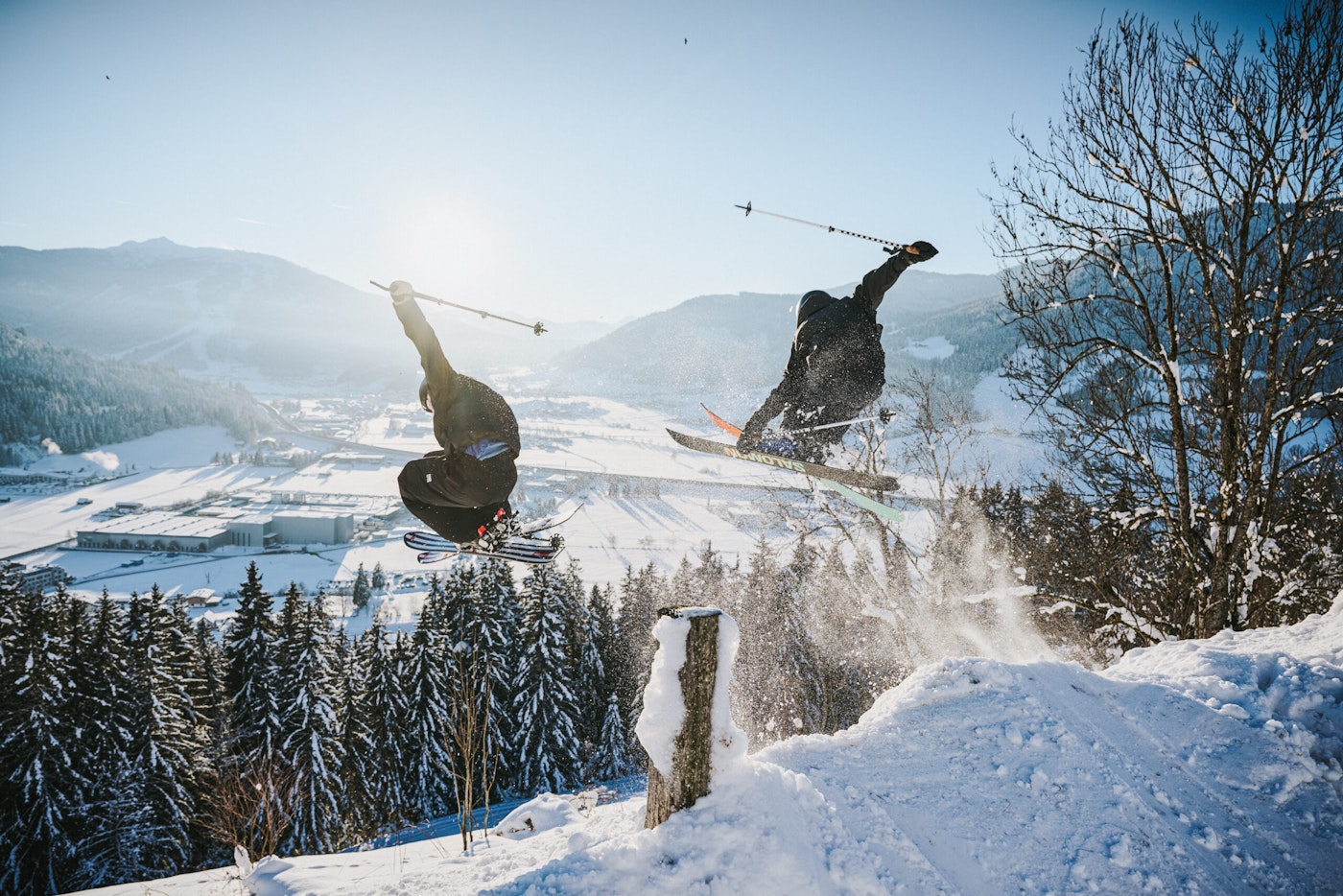
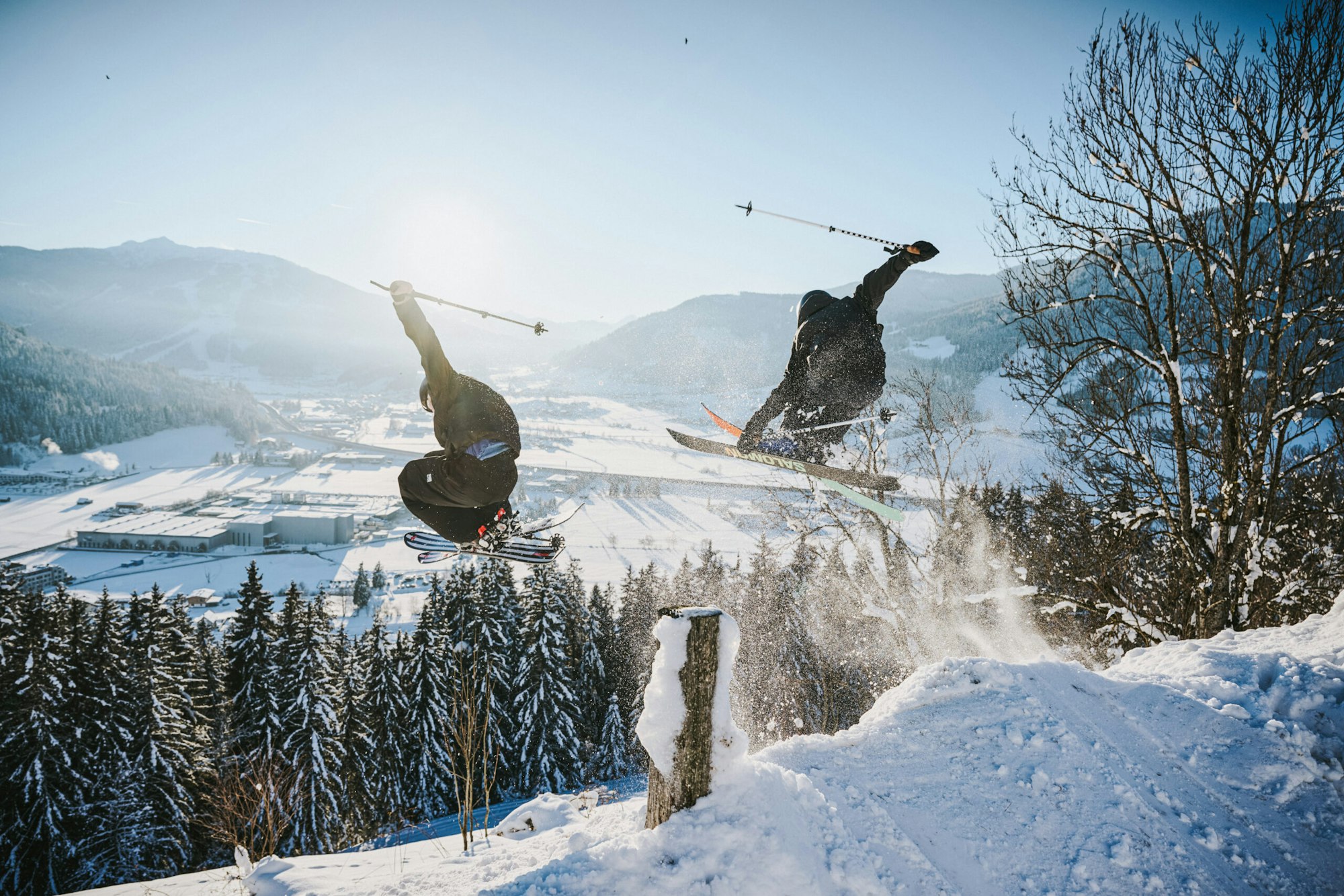
The Départ in its natural habitat; sending with friends.
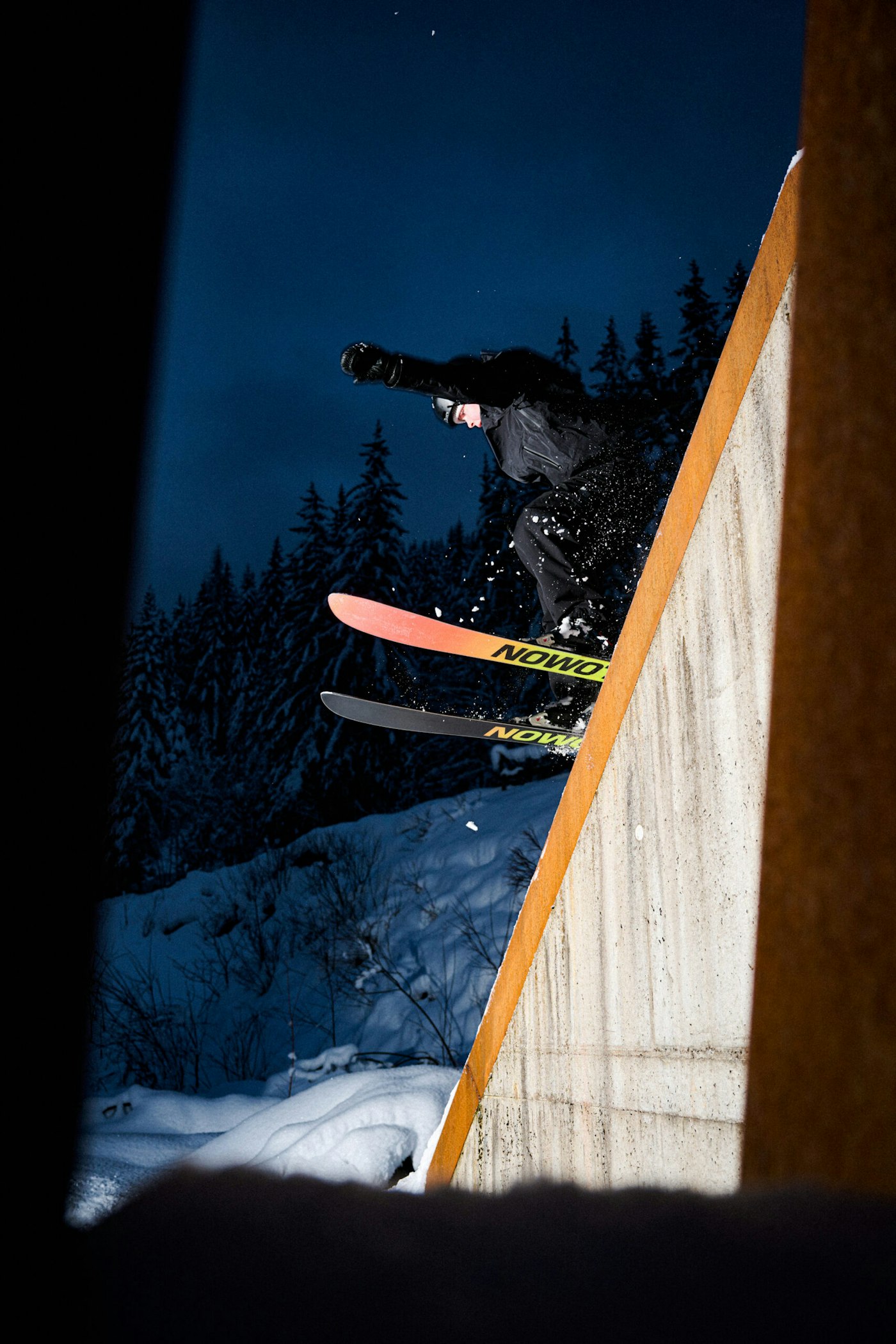
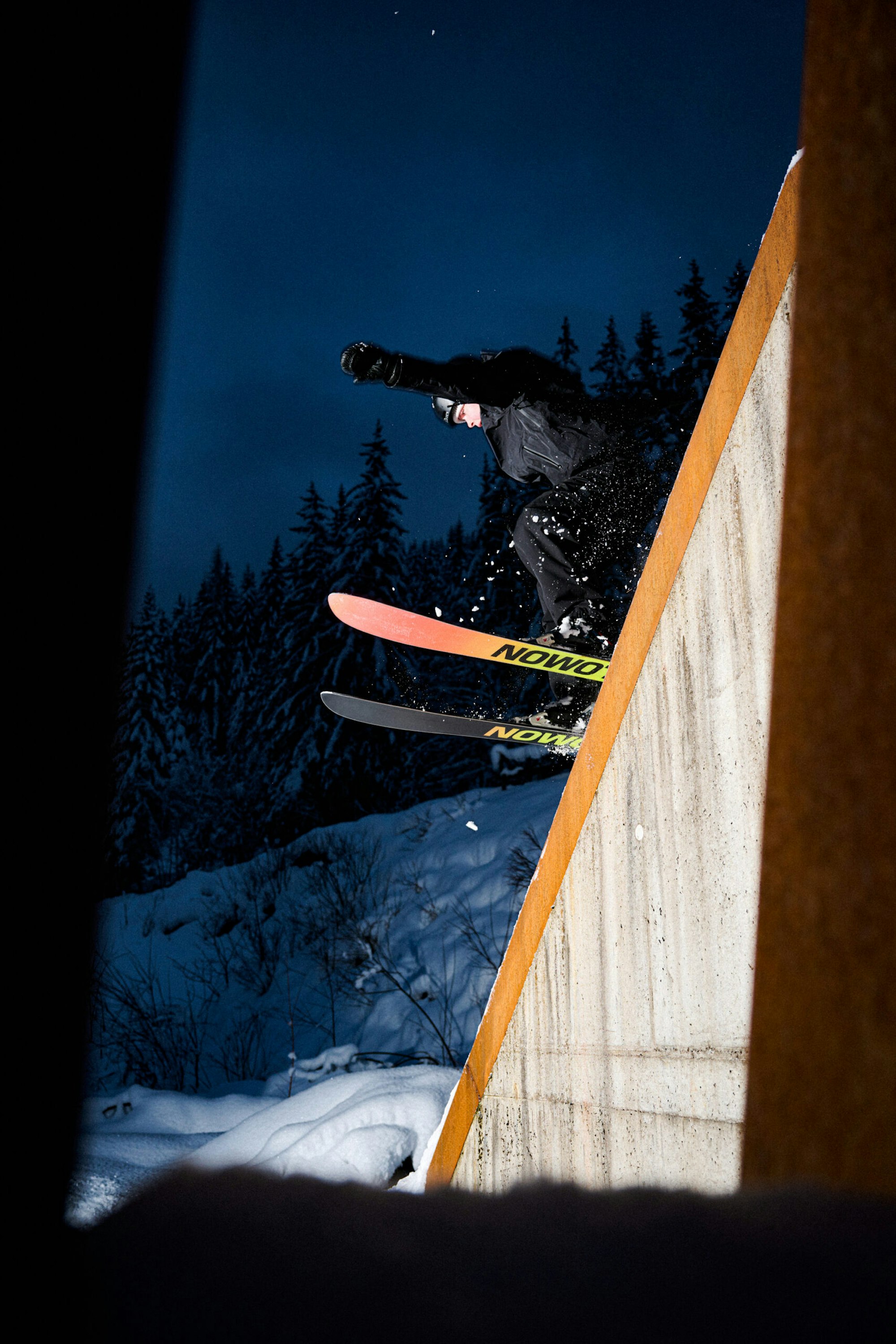
Vilma Warpenius finding balance in unusual places.
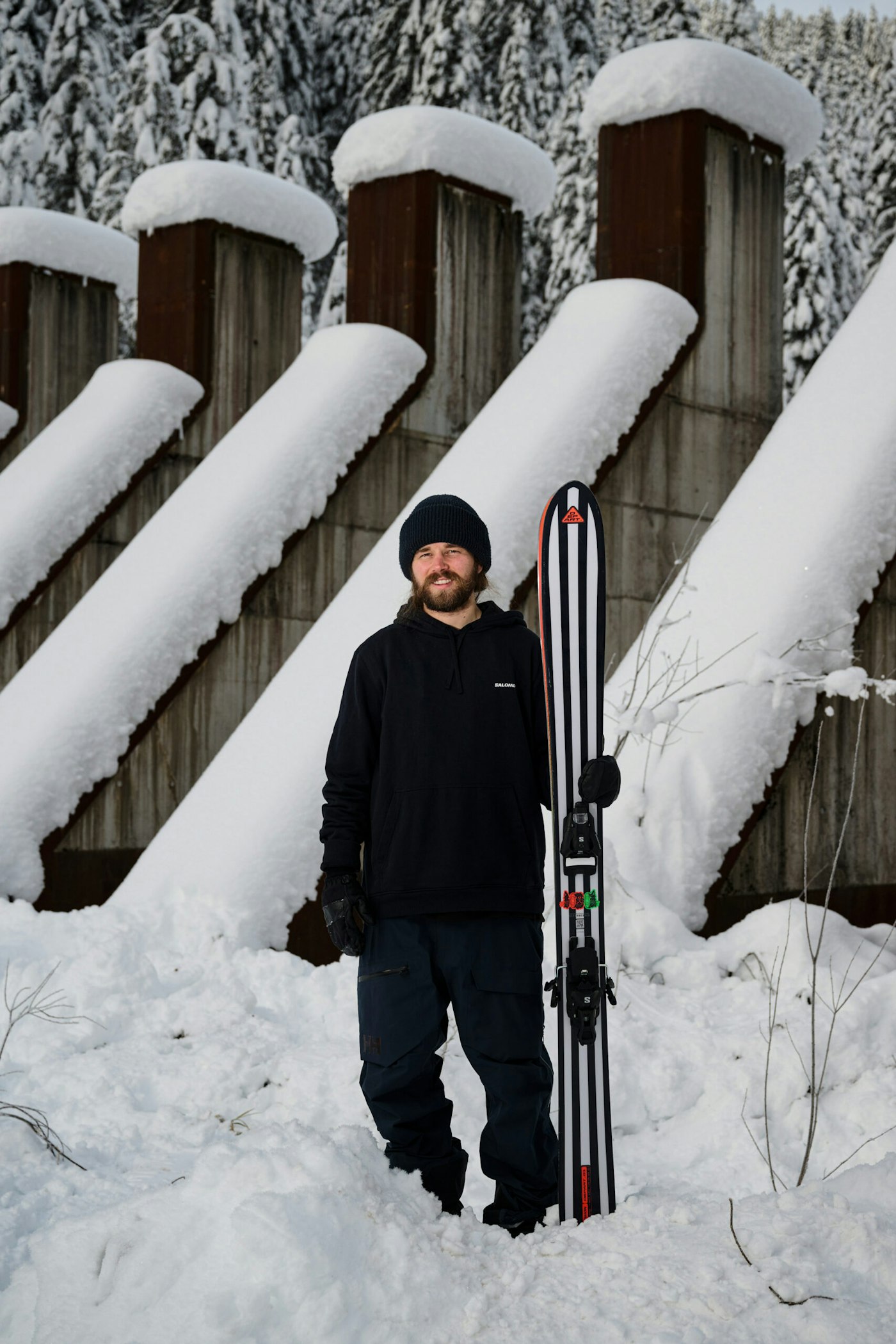
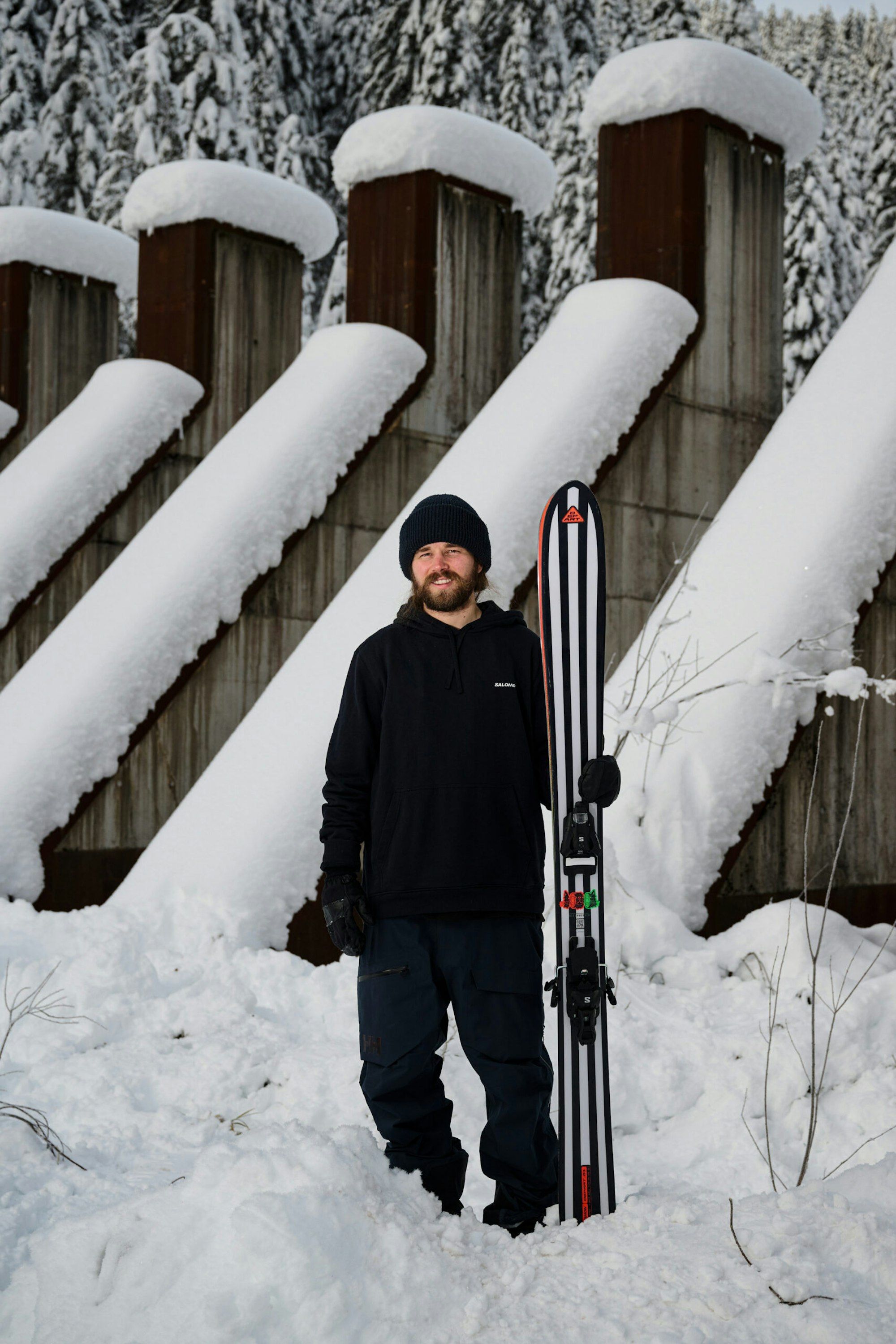
Interviewee Sämi Ortlieb stands proud with his creation; the Départ.
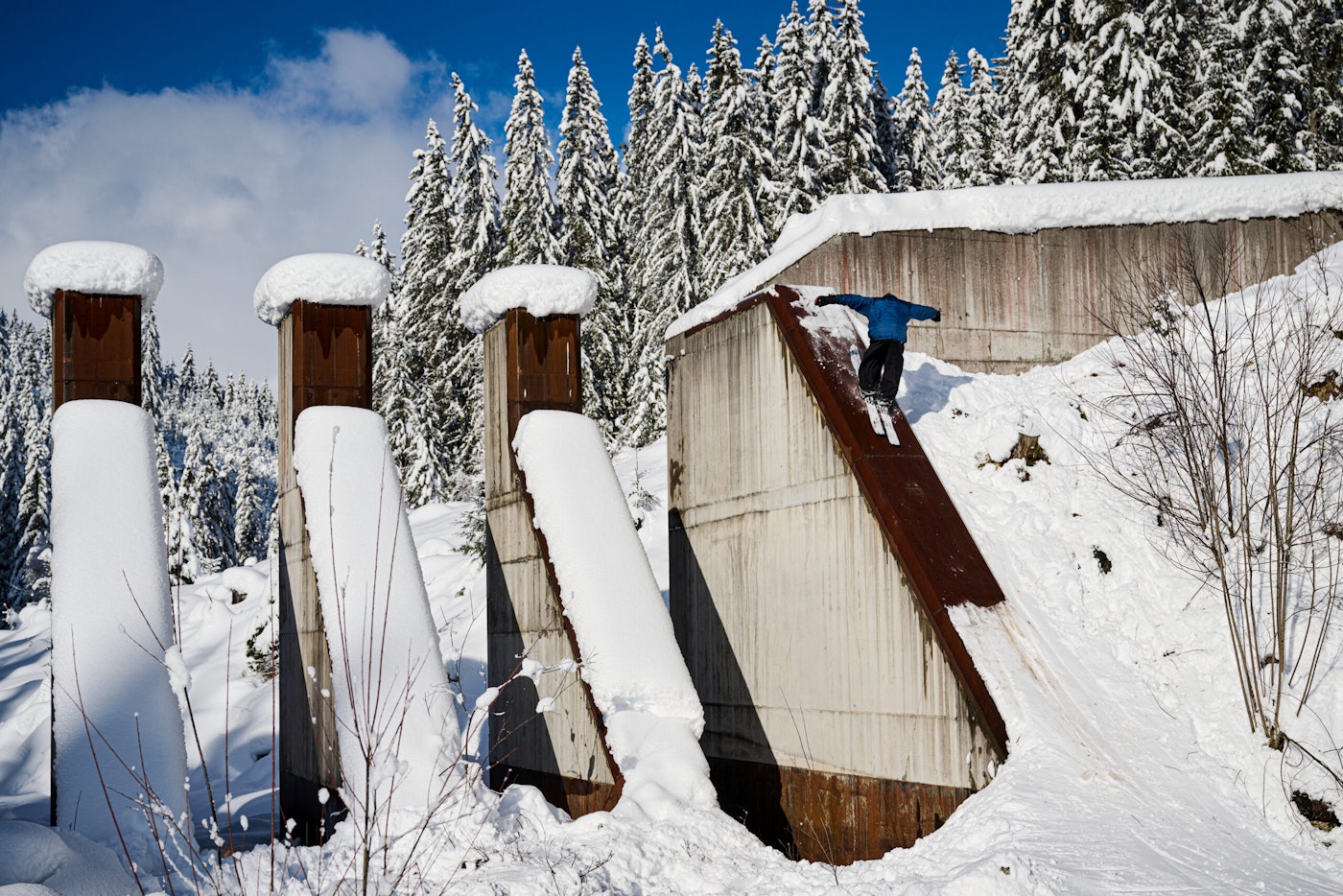
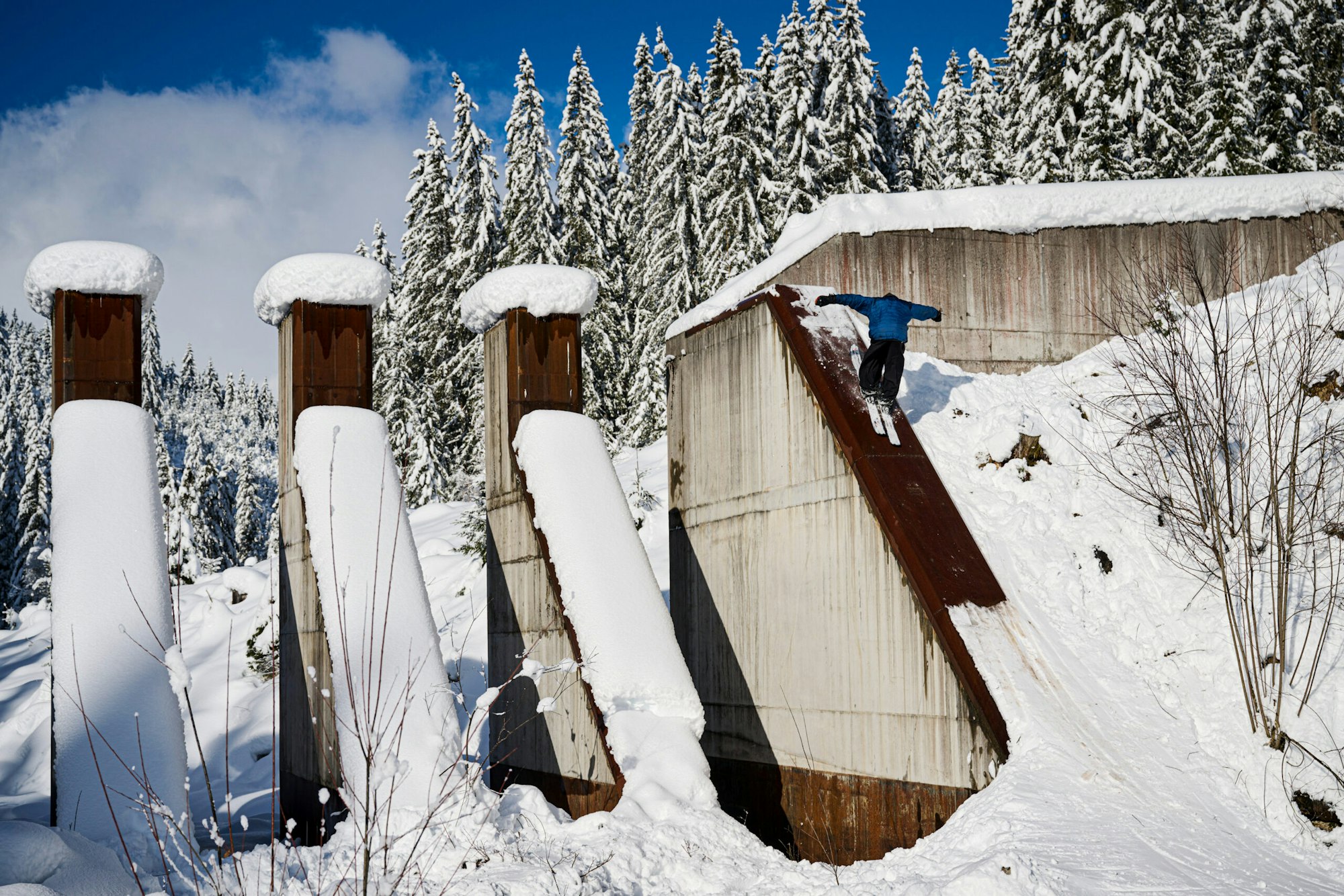
Sliding metal forward is boring, anyway. Ask Benji Copt.
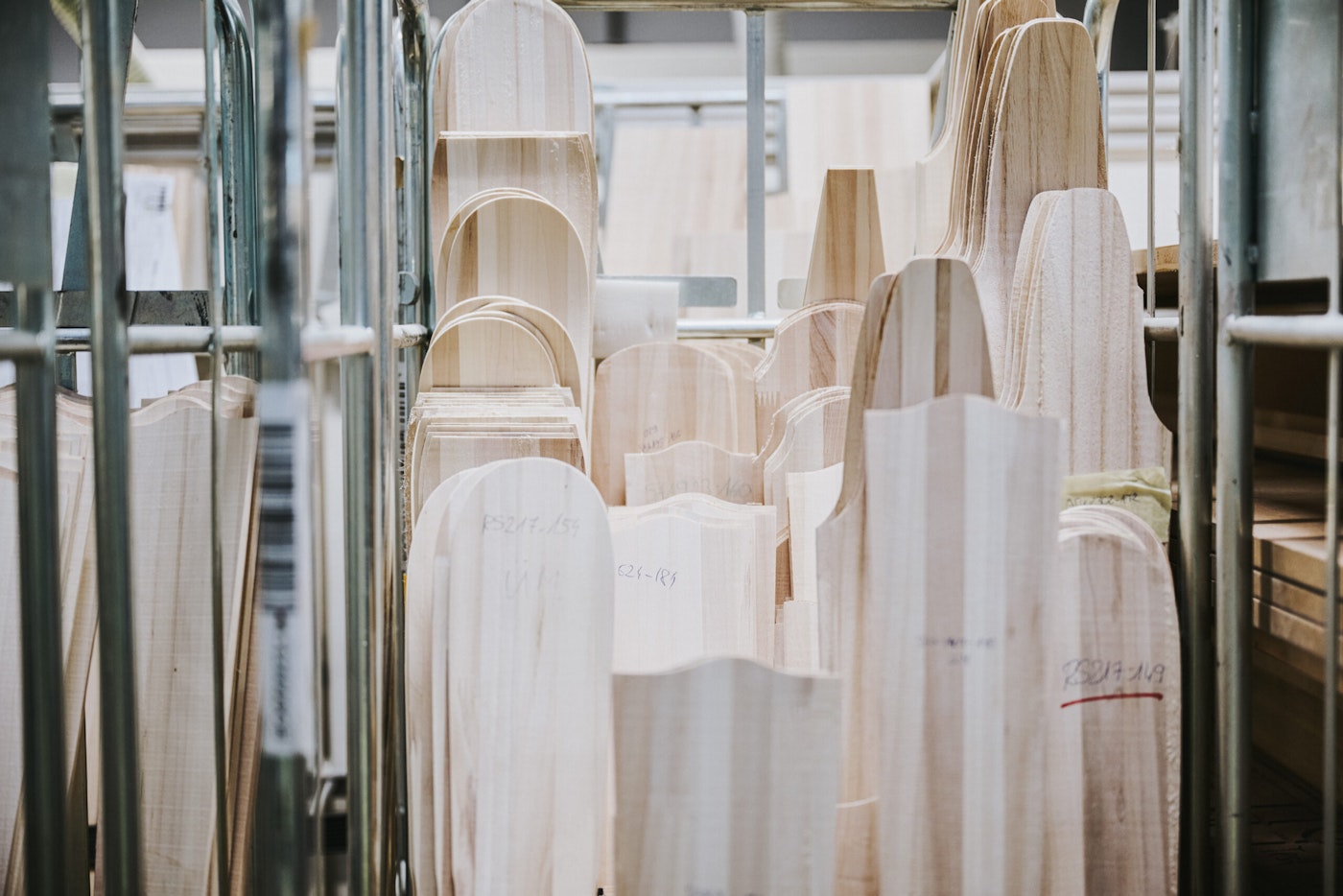
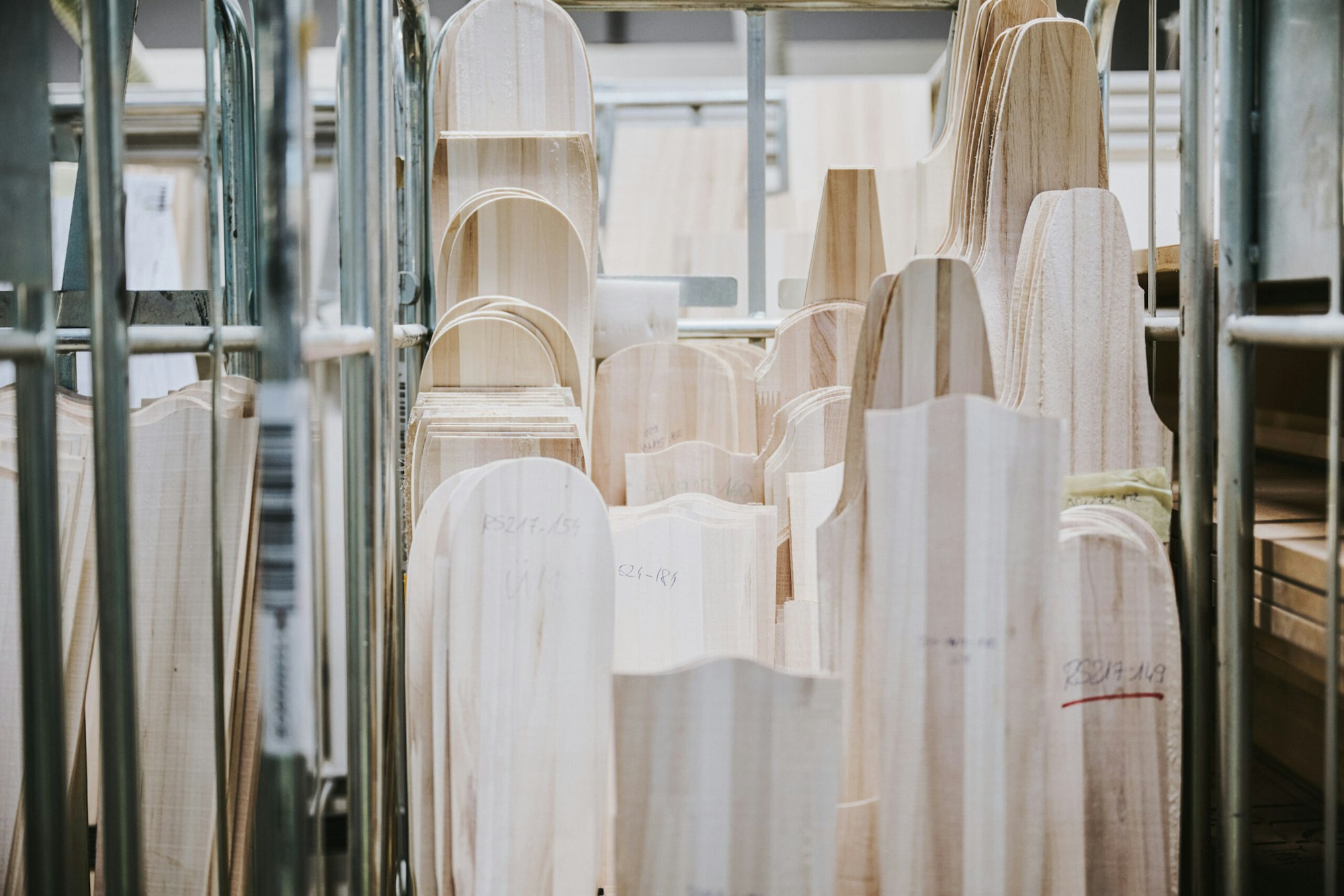
The Karuba Poplar wood core of the Départ, in all its glory.
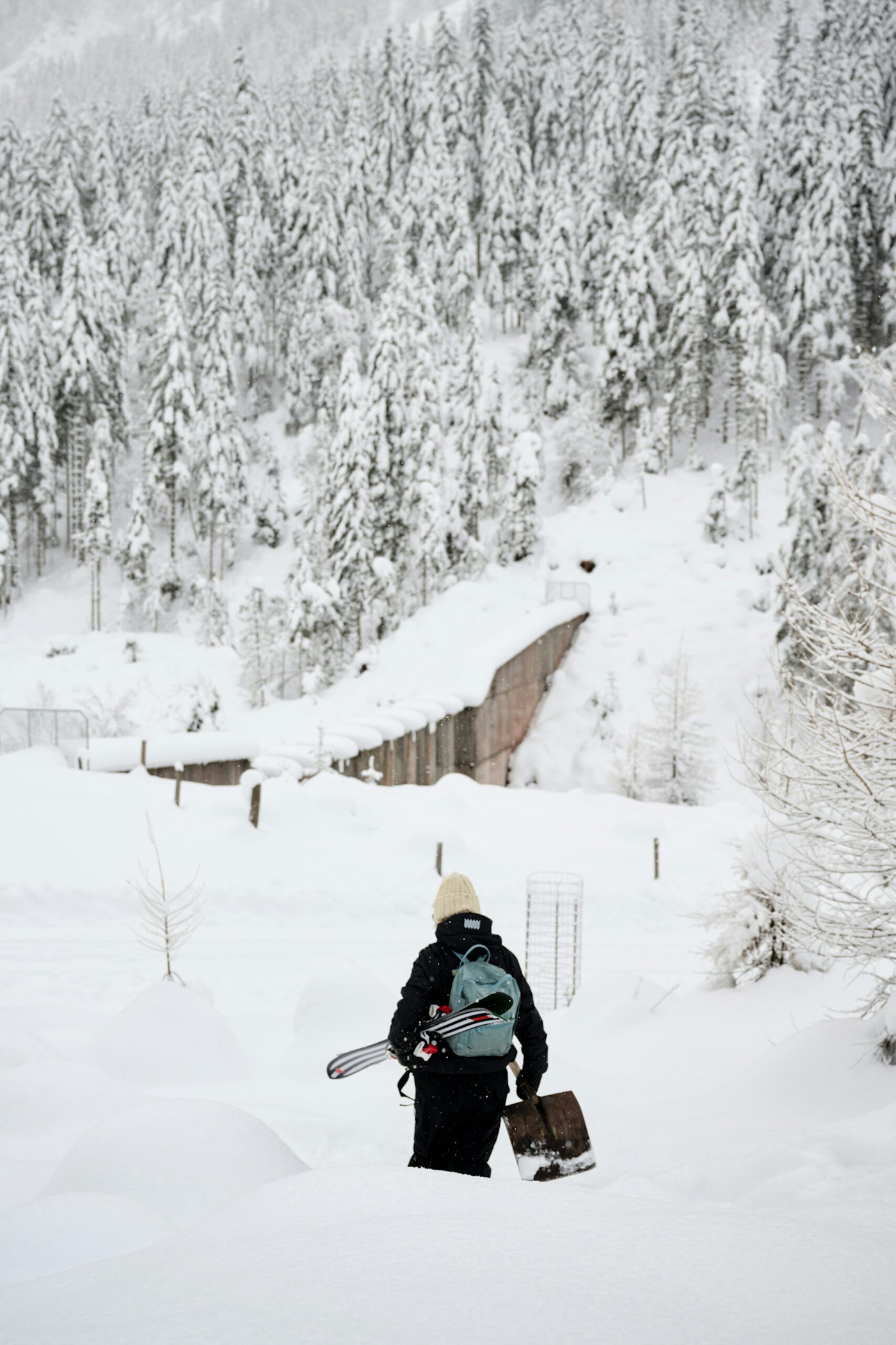
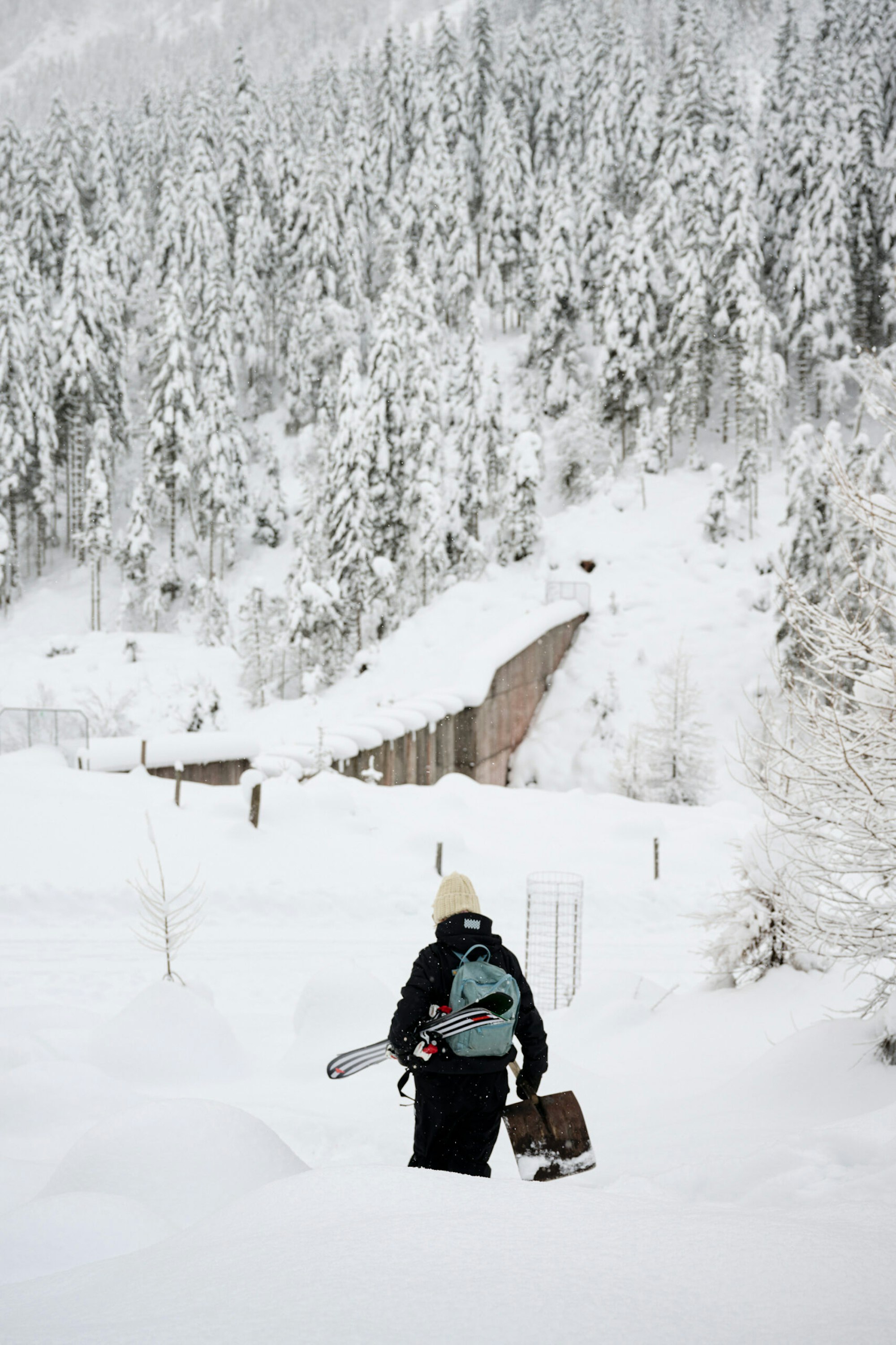
Ortlieb and team have created a ski that makes your playground limitless. Now it’s up to you to get there.
![[Q&A] Sämi Ortlieb Breaks Down the Radical New Freeski Movement That is the Salomon Départ](https://www.datocms-assets.com/163516/1751460412-departfactory.png?auto=format&bg=FFFFFF&w=100)
![[Q&A] Sämi Ortlieb Breaks Down the Radical New Freeski Movement That is the Salomon Départ](https://www.datocms-assets.com/163516/1751460412-departfactory.png?auto=format&bg=FFFFFF&w=1200)
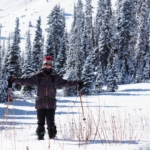


![[GIVEAWAY] Win a 4-Night Karma Campervan Rental and go Ski the Powder Highway](https://www.datocms-assets.com/163516/1767816935-copy-of-dji_0608-1.jpg?w=200&h=200&fit=crop)
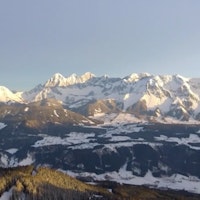

![[GIVEAWAY] Win a Legendary Ski Trip with Icelantic's Road to the Rocks](https://www.datocms-assets.com/163516/1765233064-r2r26_freeskier_leaderboard1.jpg?auto=format&w=400&h=300&fit=crop&crop=faces,entropy)
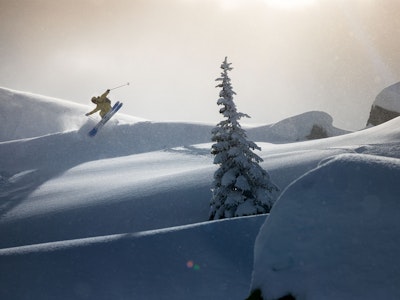


![[GIVEAWAY] Win a 4-Night Karma Campervan Rental and go Ski the Powder Highway](https://www.datocms-assets.com/163516/1767816935-copy-of-dji_0608-1.jpg?auto=format&w=400&h=300&fit=crop&crop=faces,entropy)

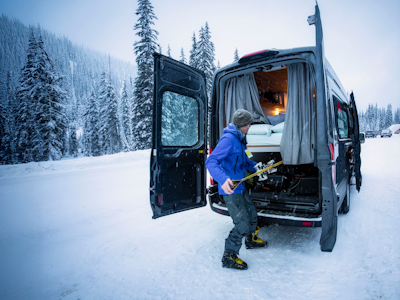
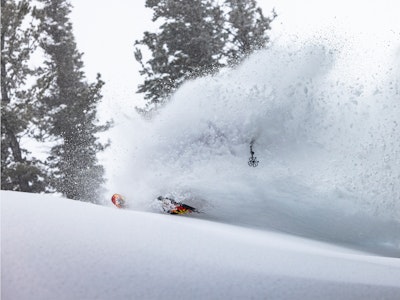
![[Q&A] Sämi Ortlieb Breaks Down the Radical New Freeski Movement That is the Salomon Départ](https://www.datocms-assets.com/163516/1751460412-departfactory.png?auto=format&bg=FFFFFF&w=2000)